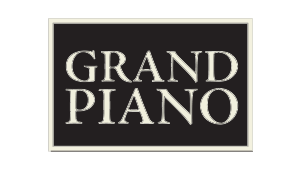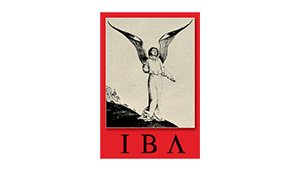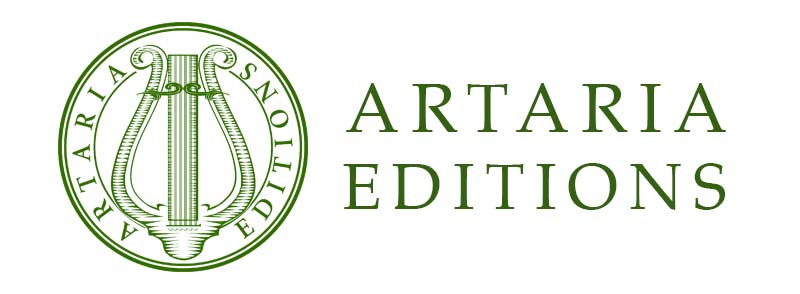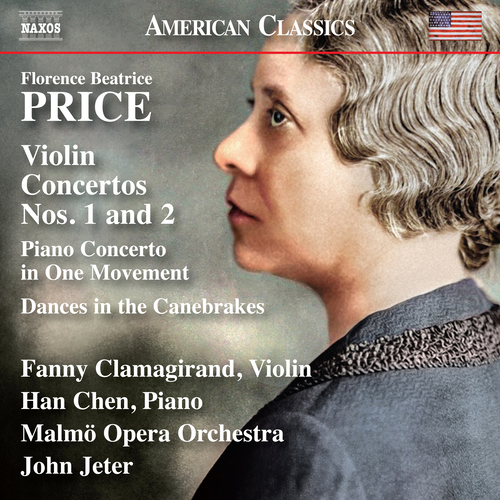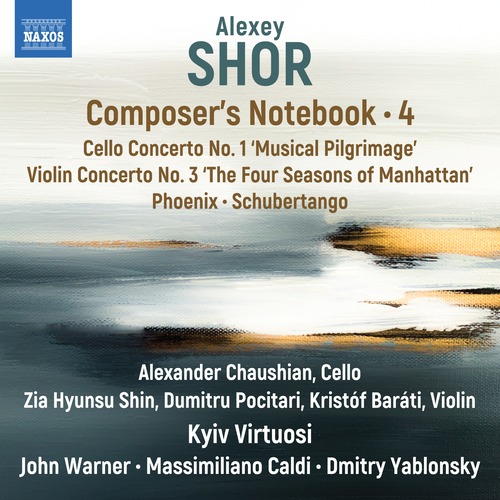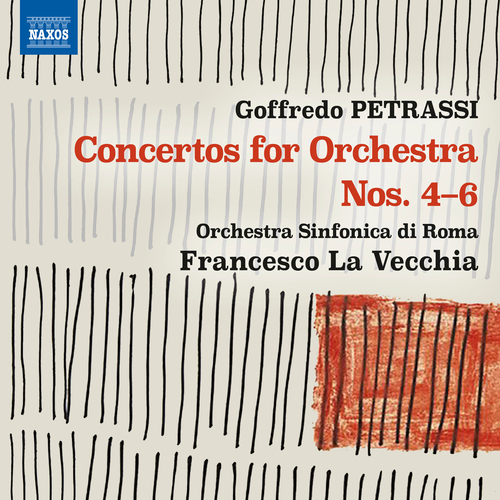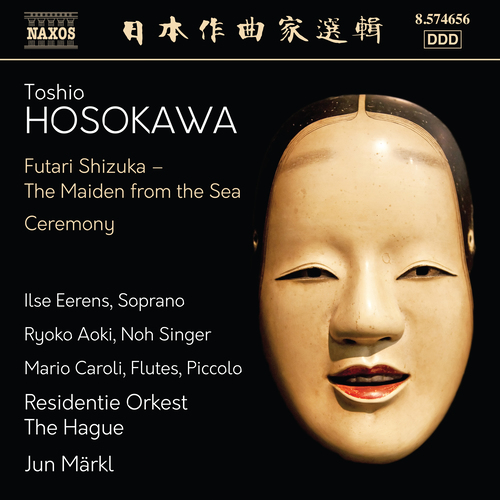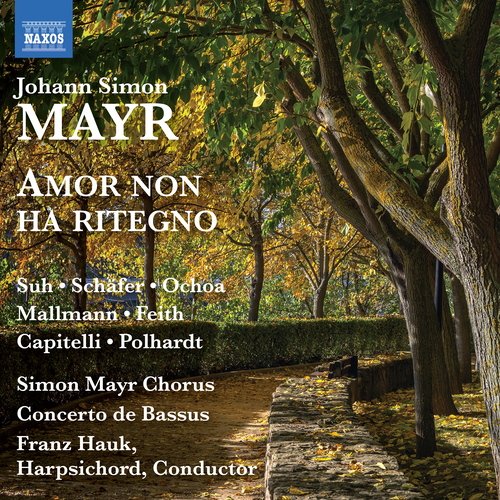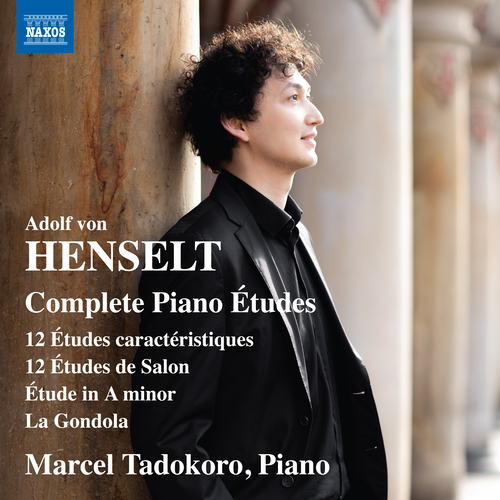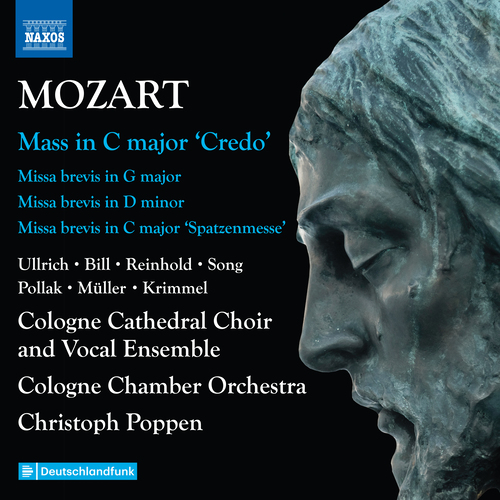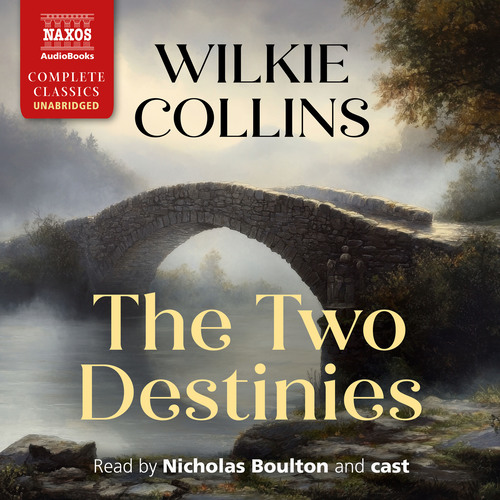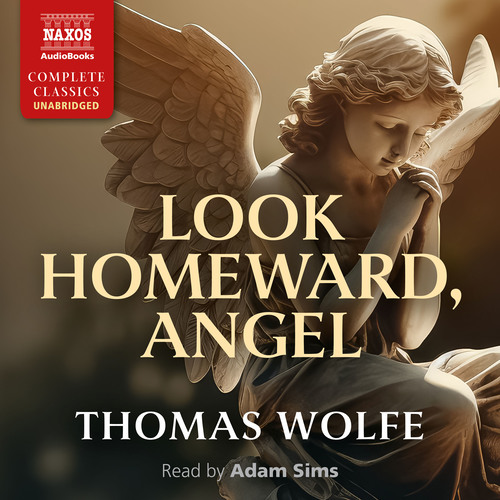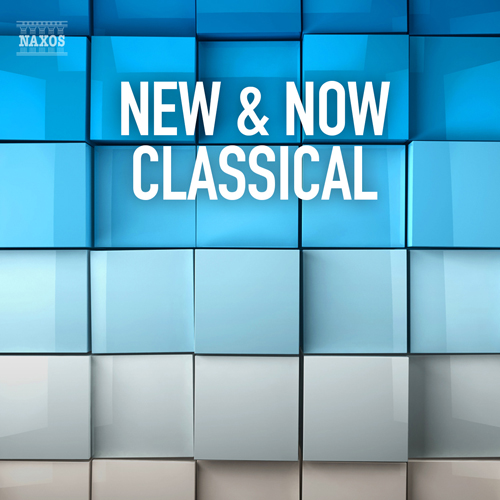The June NEW ON NAXOS showcases Florence Price’s expansive and evocative Violin Concertos Nos. 1 and 2, performed by award-winning violinist Fanny Clamagirand. This recording also features Price’s Piano Concerto in One Movement, with pianist Han Chen – recently praised by Gramophone for his authoritative style, and stunning performances. They are accompanied by the Malmö Opera Orchestra under the baton of John Jeter. The programme further includes Dances in the Canebrakes, a vivid portrayal of 19th-century African American life, heard here in William Grant Still’s masterful orchestration.
![]() Watch our monthly New on Naxos video to sample the highlighted releases of the month.
Watch our monthly New on Naxos video to sample the highlighted releases of the month.
Florence Price reached her musical maturity in Chicago during the 1930s – the decade in which she made a famous debut with the city’s orchestra and produced two substantial concertos. The Piano Concerto in One Movement contains some of her most beautiful music set alongside moments of Romantic bravura. Violin Concerto No. 1 seems never to have been performed during her lifetime but is the most expansive of her concertos and is richly orchestrated. The later Violin Concerto No. 2 is a much more compact work, cast in one expressive movement. Dances in the Canebrakes, originally for piano, evokes 19th-century African American life, heard here in William Grant Still’s orchestration.
Memorable melodies and a descriptive sense of place mark out Alexey Shor’s two concertos. The Cello Concerto juxtaposes styles across the epochs in pursuit of a unique ‘musical pilgrimage’, while in the Violin Concerto No. 3 his focus is on ‘seasonal’ Manhattan, as he adds a contemporary vision to the historical precedents set by Vivaldi and Piazzolla. Phoenix is a rhapsodic fantasy, lyrical and full of variation, which evokes a sense of renewal and transformation, while Schubertango offers a celebration of playful contrasts.
Daniel-François-Esprit Auber represents the essence of Romantic opéra-comique with vivacious and elegant works that enjoyed huge popularity for decades. He collaborated with a fellow luminary, Ferdinand Hérold, for Vendôme en Espagne, a work rich in Spanish dances and colour. With a vivid display of Auber’s gift for melody and orchestration, the overture to La Fiancée proved so successful and popular that Liszt arranged it as a fantasia three times. L’Enfant prodigue contains his longest overture, a powerful statement reflecting the tragic aspects of this Biblical parable.
Goffredo Petrassi was 28 when his Partita (recorded on Naxos 8.572411) propelled him to European fame. He fused neo-Classicism with more contemporary traits reinforced by his mastery of polyphony, qualities that can be found in his eight Concertos for Orchestra (Nos. 1–3 are available on 8.573702). Concertos Nos. 4–6 were written in the mid-1950s and are striking examples of emotional turbulence and structural compression, fastidiously scored and imaginative in their formal conception. The soloistic writing of Invenzione concertata (Concerto No. 6) adds another layer of sonic complexity to these gripping concertos.
WORLD PREMIERE RECORDINGS
The distinguished Japanese composer, Toshio Hosokawa, has been honoured with numerous awards as well as a steady stream of commissions and acclaimed performances. As with many of Hosokawa’s concertos, Ceremony sees the flute soloist as a ‘person’ and the orchestra as the ‘universe and nature’ – the flautist’s breath echoing like the winds of nature and becoming a song that awakens the spirits. A complimentary work to Hosokawa’s The Raven (Naxos 8.573724), Futari Shizuka – The Maiden from the Sea is a single-act opera, the ancient tragic tale of which resonates with the fate of refugees around the world today.
WORLD PREMIERE RECORDING
From the mid-1790s to the early 1820s Johann Simon Mayr wrote just under 70 operas, a good number of which went on to triumph across Europe. Set in the Spanish city of Zamora, and described as a comico-heroic melodrama, Amor non ha ritegno (‘Love Knows No Bounds’) was admired for its exquisite music, exemplifying the early Romantic style that was evolving circa 1800. This is an opera filled with bizarre happenings and a range of seria and buffa characters, from the sublimely inconsolable heroine, Donna Luigia, to her ridiculous suitors, proving as hugely entertaining today as it did over two centuries ago.
Adolf von Henselt belongs firmly in the realm of 19th-century composer-pianists such as Chopin, Schumann and Liszt. He was influential in establishing a true Russian school of pianism and held in high esteem by Rachmaninov. Henselt’s virtuoso technique was admired for its cantabile qualities but his performing career was cut short by extreme stage fright. Dating from early in his career, the études blend technical demands with clarity of vision and a lyrical poetic expressiveness often reflected in colourful descriptive titles.
By 1840 Liszt had perfected the art of operatic transcription, one that characterised the music but was not dependent on the sequential presentation of it. Indeed, in his transcription of themes from Donizetti’s Lucia di Lammermoor he includes music from another Donizetti work, and, in the coda, includes his own thematic material that blends seamlessly together. The Réminiscences de Don Juan, with its technical demands and innovations, stands at the pinnacle of his procedure, not only compacting the material from Mozart’s Don Giovanni but reflecting all the music’s tensions and drama in a heroic demonstration of bravura brilliance.
FINAL VOLUME
Mozart provided a steady output of Masses during his time at the court in Salzburg. The fine Missa brevis in G major was composed in 1768 when Mozart was just twelve years old. The theatrical and inventive ‘Credo’ Mass in C major, from 1776, is regarded as one of Mozart’s finest achievements from this period. The profound key of D minor for the Missa brevis, K. 65 reflects its use at a 40-hour vigil, while the affectionate nickname ‘Spatzenmesse’ (‘Sparrow Mass’) for the Missa brevis in C major refers to the chirping nature of the Sanctus.
The New & Now playlist features all that is new and exciting in the world of classical music, whether it’s new music, new presentations or new performers. With more than 200 new releases each year, and artists from around the world, there is always something new to discover with Naxos.








